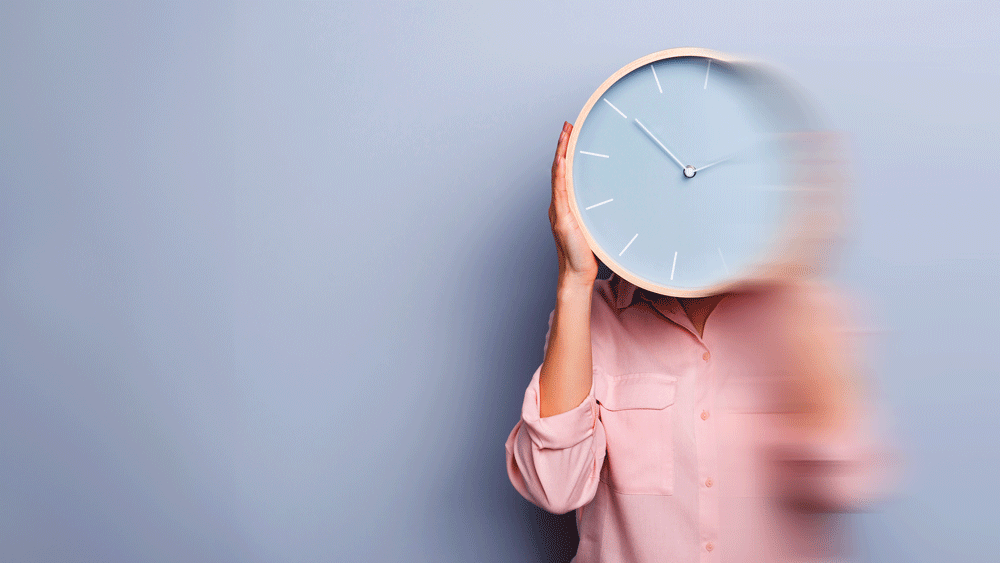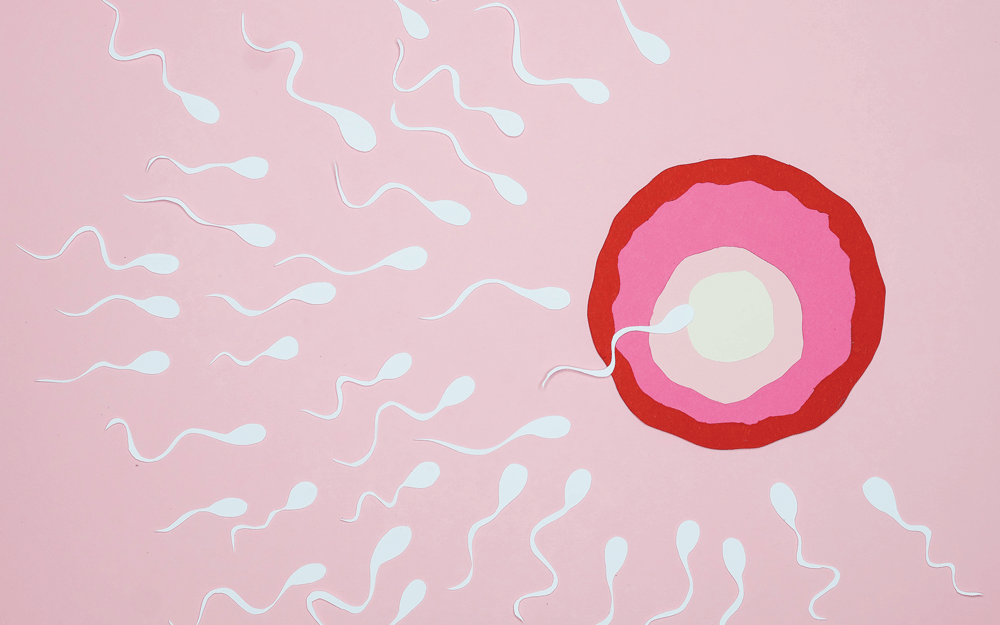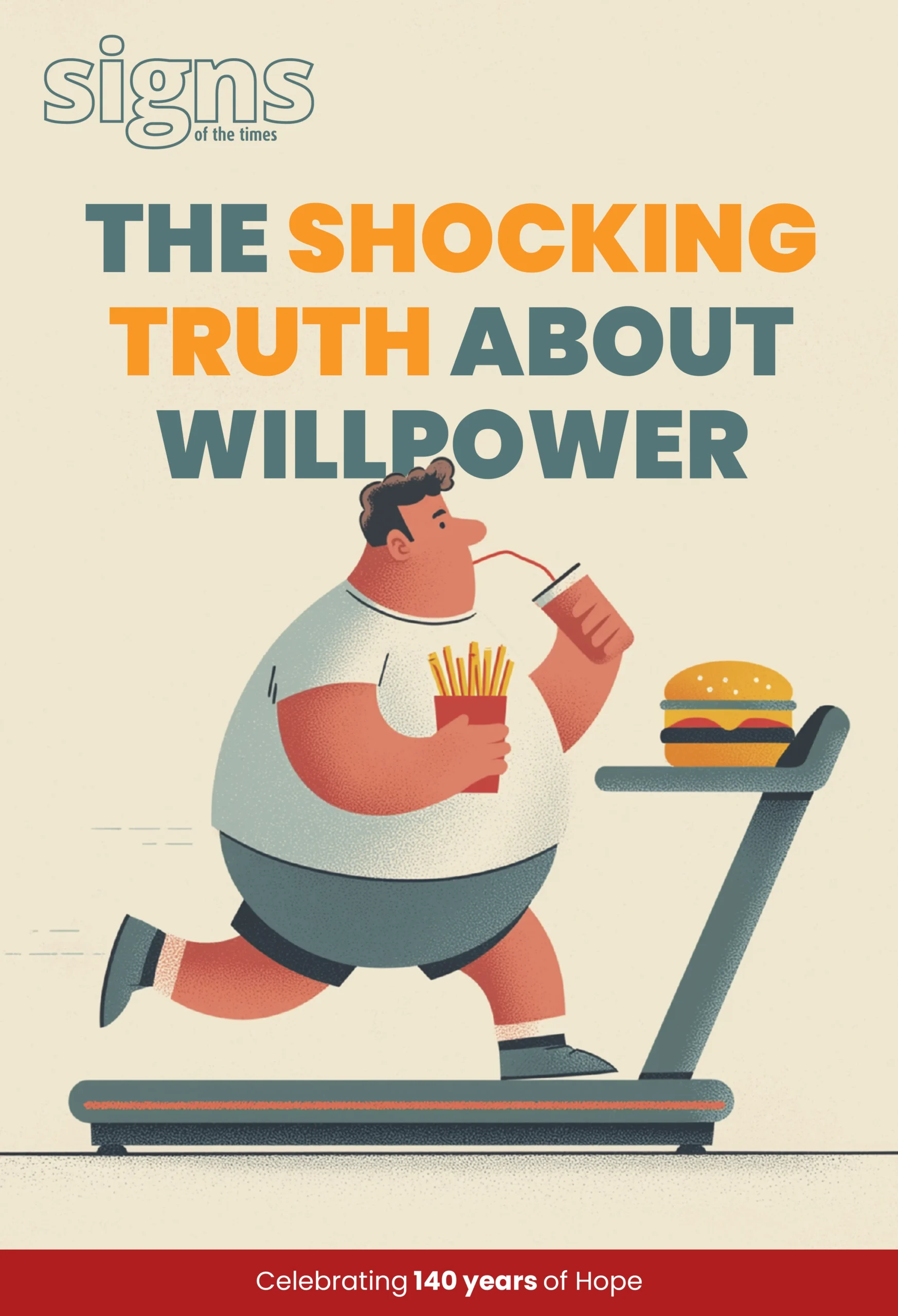
For many women, the idea of a “ticking clock” often paints a scary picture, hinting at a countdown toward menopause which many fear as the end of fertility. This topic brings up a lot of emotions for many women, impacting how they feel about growing older, their self-worth and their identity. For me, this “biological clock” talk became real when people started bringing it up soon after I got married two years ago. As a 36-year-old woman who is getting ready for what doctors call a “geriatric” pregnancy, it’s crucial to clear up the misunderstandings and replace fear with hope.
There’s a widespread belief that women’s fertility drastically drops after 35. Society’s pressure makes women feel like they are racing against time with many fearing they’ll run out of good eggs sooner or later, pushing the narrative towards a desperate rush to have babies while time is “on their side”. But what if this biological clock isn’t really ticking on a chronological meter?
Against common belief, studies show that your ability to have kids isn’t strictly tied to your age but is heavily influenced by both stress and your surroundings. A supportive environment can help keep your ovaries healthy and help you produce good quality eggs into your late 40s or further.
The so-called “35 cliff” is largely exaggerated, with research indicating that fertility decline is more gradual than initially believed.1 A 2004 study showed that women between 35 and 39 had an 82 per cent chance of getting pregnant within a year with regular unprotected sex, only a small dip from the 86 per cent chance for women aged 27–34.2 The idea of a “biological clock” isn’t just about age—your environment and stress play a huge part too.3

Start worrying?
Traditionally, women are told their fertility starts dipping fast from their mid-30s due to a decreasing supply of good eggs, but new research is starting to debunk these old thoughts. A big eye-opener was when studies showed that adult female mammals, including humans, can make new eggs throughout their life. In 2004, a breakthrough study by Harvard Medical School scientists showed that adult female mice could produce new eggs in their ovaries.4 This led to more research, like a 2013 study on certain primates, which confirmed that adult females keep making new eggs throughout adulthood.5 This exciting discovery reached humans in 2016 during a drug trial, revealing the human ability to develop new eggs, too.6
These findings challenge the dogma that women have a limited number of eggs and that they must have kids within a certain “appropriate age window”. We know men keep making new sperm, so why has it been so hard to fathom that it could be the same with women and their eggs? Critics might harp on about the whole “egg quality declines with age” tune. Yet, Dr Ray Peat in his book From PMS to Menopause: Female Hormones in Context7 talks about studies like Maurer and Foote’s where older animals still made eggs even past their prime fertile years. When these eggs from older animals were put into younger animals, healthy babies were born. This points towards stress, not old eggs, as the real problem affecting fertility by altering the uterine environment.8 Stress, from all sorts of things—our surroundings, emotions or physical issues—seems to be the “bad guy” in fertility problems, creating hostile uterine conditions for embryo development. Cortisol, a stress hormone, triggers oestrogen increase, which in turn lowers thyroid function, leading to hypoxia (low oxygen) in cells, disrupting the delicate balance necessary for fertility. Dr Peat notes that older animals had too little oxygen in their uterus to sustain an embryo during the typical implantation phase. A parallel was drawn when young animals were given oestrogen, resulting in a similar lack of oxygen in the uterus and consequently, thwarting the implantation of the embryo. So, the story is shifting from worrying about getting older to focusing on stress and excessive oestrogen, highlighting environmental and lifestyle impacts on fertility—making biological fear less important.

Against all odds
Have you heard of Dawn Brooke? She’s a wonder woman who had a baby naturally at 59, challenging the traditional thinking around fertility. Dr Peat’s insights reveal substances like vitamin E and progesterone, opposing oestrogen and cortisol, maintain fertility in older animals, showing age isn’t the only relevant factor in fertility. The journey from a tiny egg to a full-grown individual is hugely dependent on the environment at the cellular level. Initial eggs may die off, making room for new eggs to be formed later. The key is the cellular environment during this formation. If sub-optimal, the new eggs might struggle. However, as previously mentioned, studies have shown that when eggs from older animals are implanted into younger ones, they can still create healthy babies. In other words, it’s not about the number of eggs a woman has from the get-go, rather the conditions both inside and outside her body. The theory that menopause happens not because of eggs running out but due to changes in the cellular environment, affecting hormone production and the conditions for a baby to start growing, gives a new perspective.
Other factors
Choosing a lifestyle that supports fertility might help in prolonging a woman’s fertile span. Simple steps like reducing stress, eating organic foods, getting the right nutrients and having strong, positive relationships can set the right scene for fertility. It’s like teaming up with God to create the best conditions for life and there’s a beautiful balance to that.
In the Bible, Psalm 139:13, 14 talks about how we are “fearfully and wonderfully made”—even in the womb. Human life isn’t just science—there’s something supernatural about you. The beauty of creation, whether biological or supernatural, follows a special rhythm, moving beyond just chronological time. As we embrace this narrative of hope, let’s tune into the harmonious rhythm of God’s creation, finding comfort in the pace of our own personal journey.
Sisi Toro is a Hawaiian-based health educator and speaker who promotes a plant-based life. She enjoys creating recipes, hiking mountains and going to the beach.
1. MJC Eijkemans, F van Poppel, DF Habbema, KR Smith, H Leridon & ER Te Velde, “Too old to have children? Lessons from natural fertility populations”. Human Reproduction, 2014.
2. DB Dunson, DD Baird, & B Colombo, “Increased infertility with age in men and women.” Obstetrics & Gynecology, 2004.
3. S Xiao, JR Coppeta, HB Rogers, BC Isenberg, J Zhu, SA Olalekan & LR Donahue, “A microfluidic culture model of the human reproductive tract and 28-day menstrual cycle”. Nature Communications, 2017.
4. J Johnson, J Canning, T Kaneko, JK Pru & JL Tilly, “Germline stem cells and follicular renewal in the postnatal mammalian ovary”. Nature, 2004.
5. GZ Mak, RP Reynolds, & SD Calaminus, “Progenitor germ cells in the developing and adult ovary of primates”. Journal of Ovarian Research, 2013.
6. E Silvestris, S D’Oronzo, P Cafforio, G D’Amato & G Loverro, “In vitro maturation of oocytes from antral follicles after cryopreservation of human ovarian tissue”. Fertility and Sterility, 2016.
7. R Peat, From PMS to Menopause: Female Hormones in Context. Peat’s Publishing, 1997.
8. RR Maurer & RH Foote, “Maternal ageing and embryonic mortality in the rabbit”. Journal of Reproduction and Fertility, 1971.









